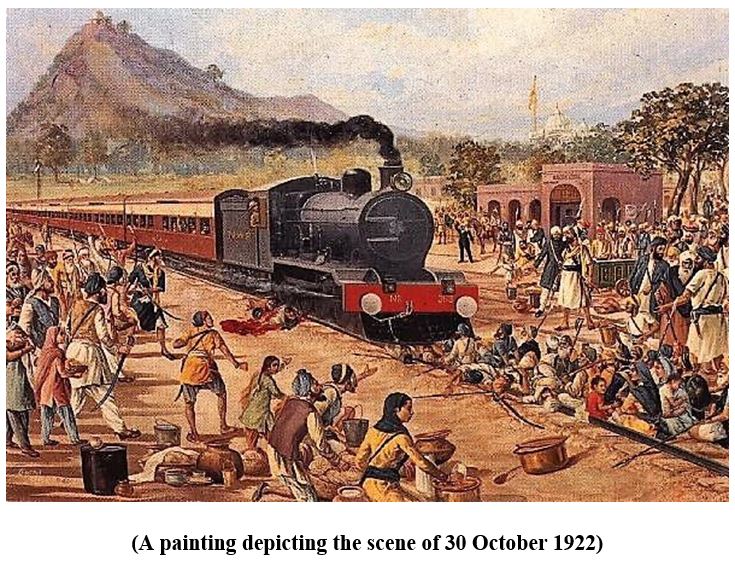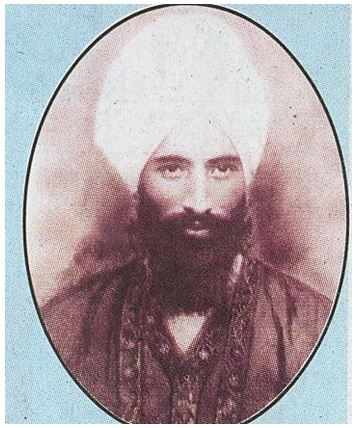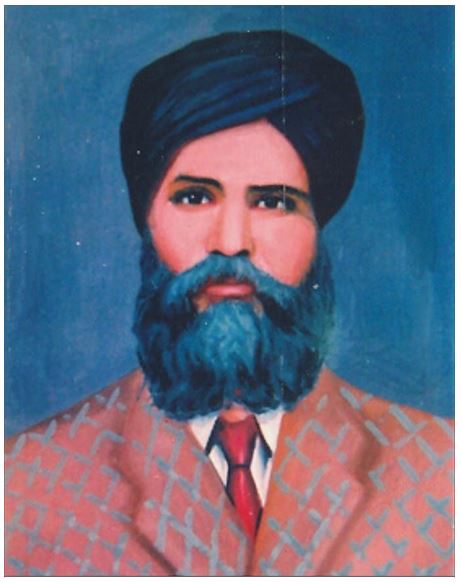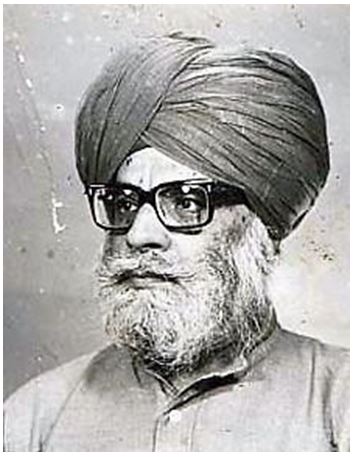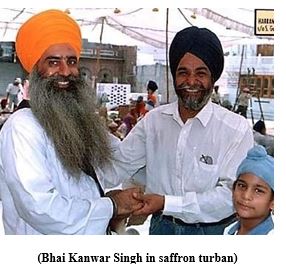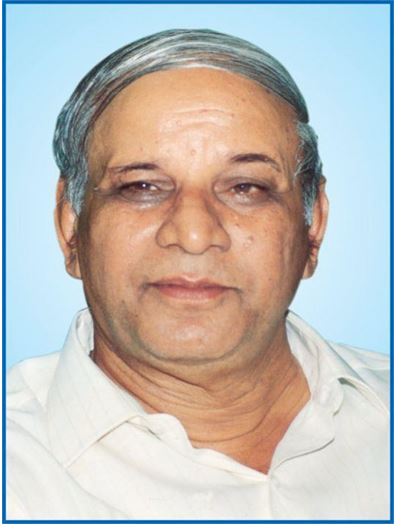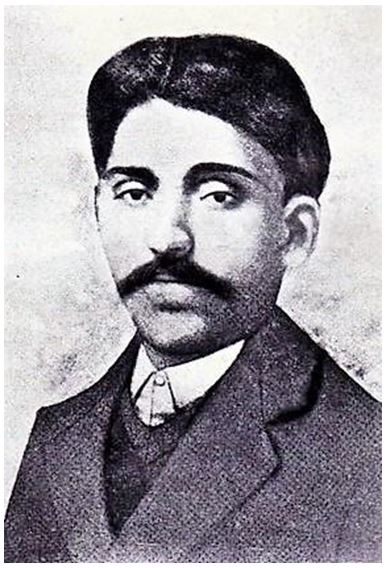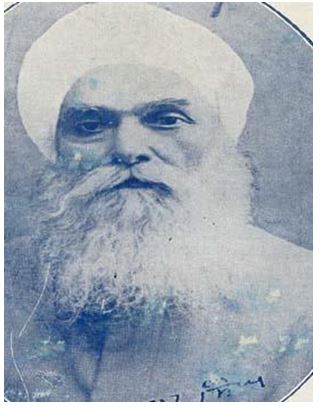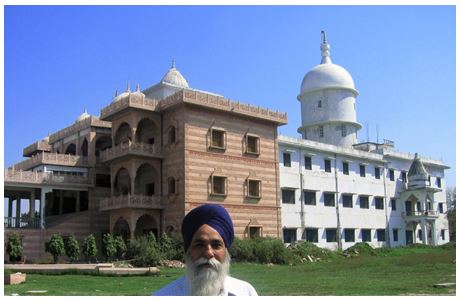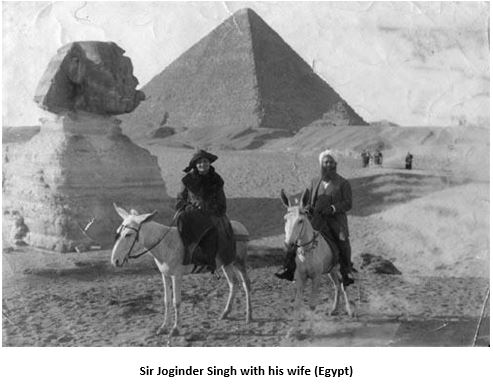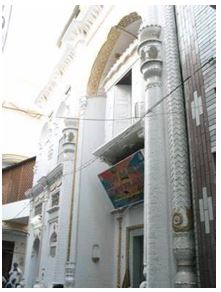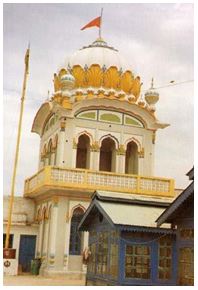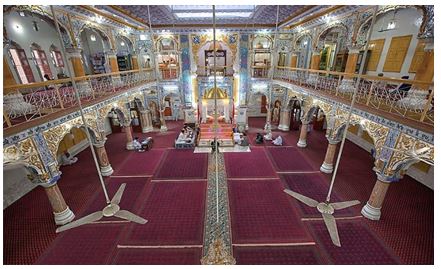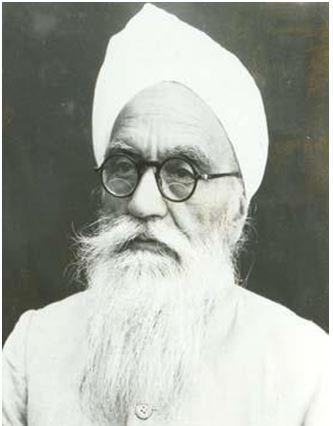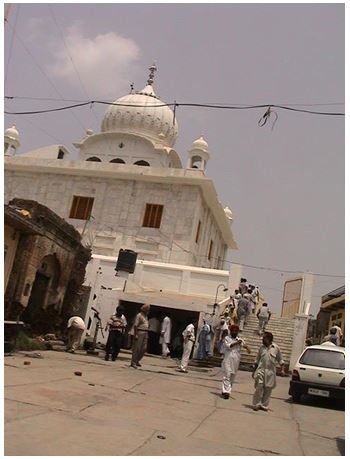KIDARA JHANJHI
Bhai Kidara Jhanjhi was a dedicated Sikh of the time of Guru Arjan Sahib. He was a good musician. Once he, along with Bhai Kidara and Bhai Mukanda (both good musicians), visited Guru Sahib and asked Guru Sahib to give some sermon to them. Guru Sahib. Guru Sahib blessed them. They spent several days there and performed Keertan daily. They found that they had achieved everything they had aspired for. They served the Panth throughout their lives.
KIDARA (MADAR)
Bhai Kidara, of village Madar (district Sheikhupura, Pakistan), was a devout Sikh of the time of Guru Arjan Sahib. Guru Hargobind Sahib visited Madar, on his way from Kashmir, in 1620. Bhai Manak, a resident of the village Madar, came to make obeisance to Guru Sahib. He told that he had the blessing of Guru Arjan Sahib also. Guru Hargobind Sahib asked him to tell him some thing about Guru Arjan Sahib. Bhai Manak told Guru Sahib that when Guru Arjan Sahib visited, Bhai Gurdas was also accompanying him. A local Singh, Bhai Kidara, was one of the Sikhs who came to see Guru Sahib. When Bhai Kidara reached there Guru Sahib was sleeping. Bhai Kidara had the disease of Hajiran (scrofula). He had tried several Hakims but none could help him. When Bhai Gurdas came to know it, he asked Bhai Kidara to take off one of the shoes of Guru Sahib and rub it on his neck. Bhai Kidara did the same. Soon, Bhai Kidara was cured of the disease. By that time Guru Arjan Sahib got up. He took off the other shoe also and gave it to Bhai Kidara.
(Dr Harjinder Singh Dilgeer)
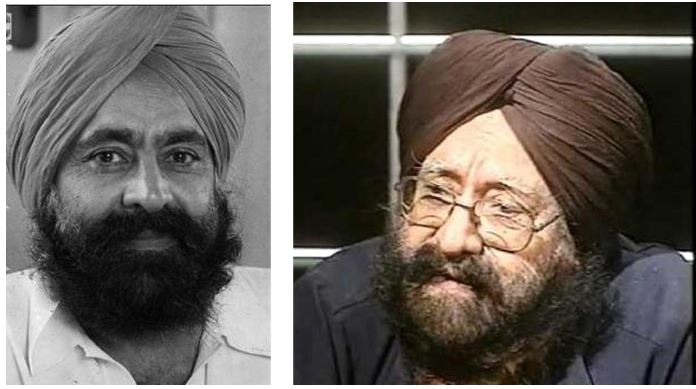 {Khushwat Singh as a young man and as an elderly person}
{Khushwat Singh as a young man and as an elderly person}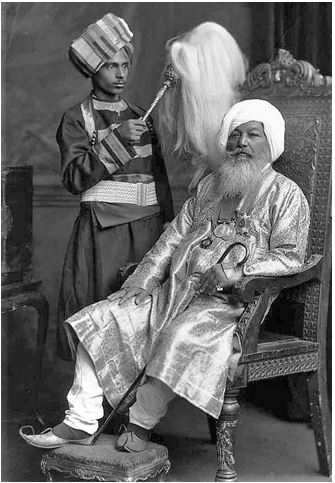
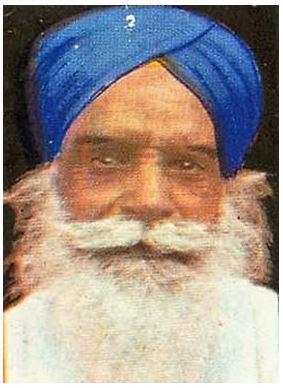
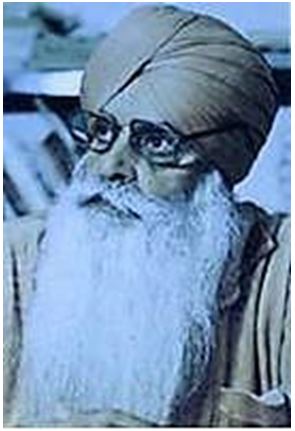
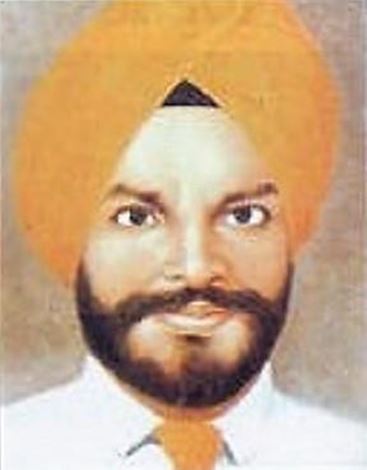
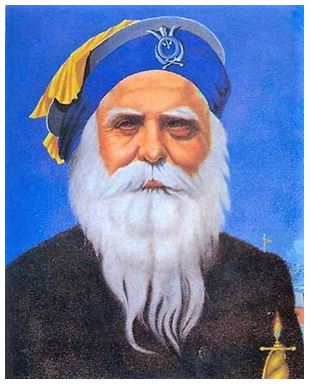
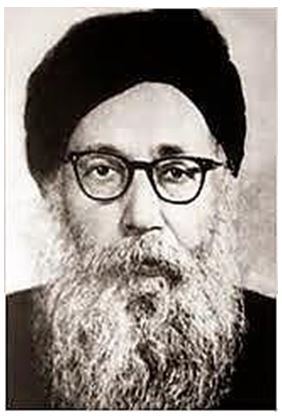
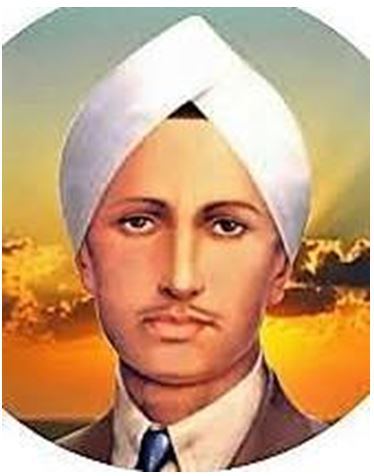
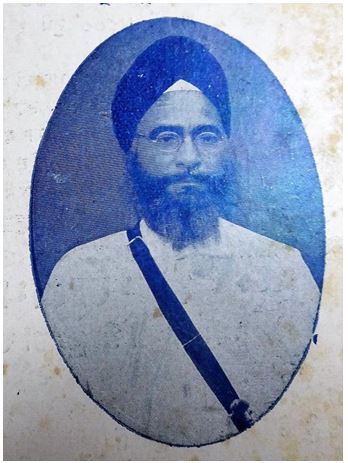
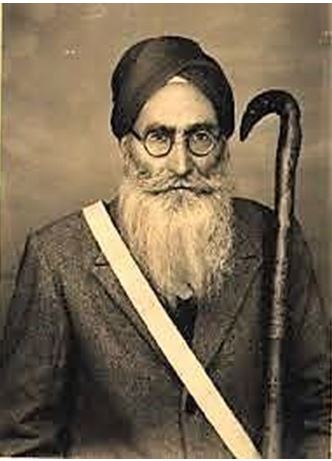
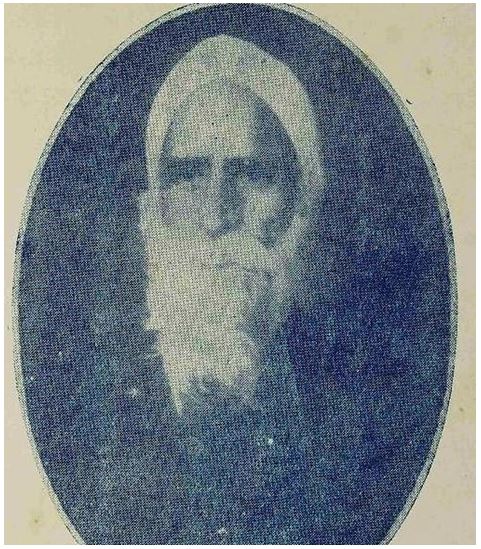
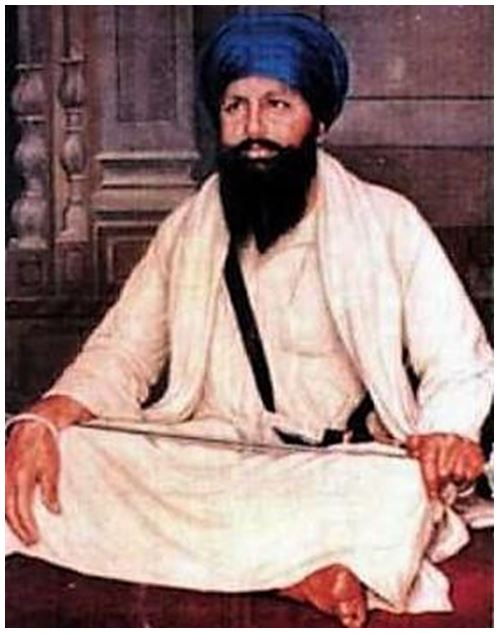
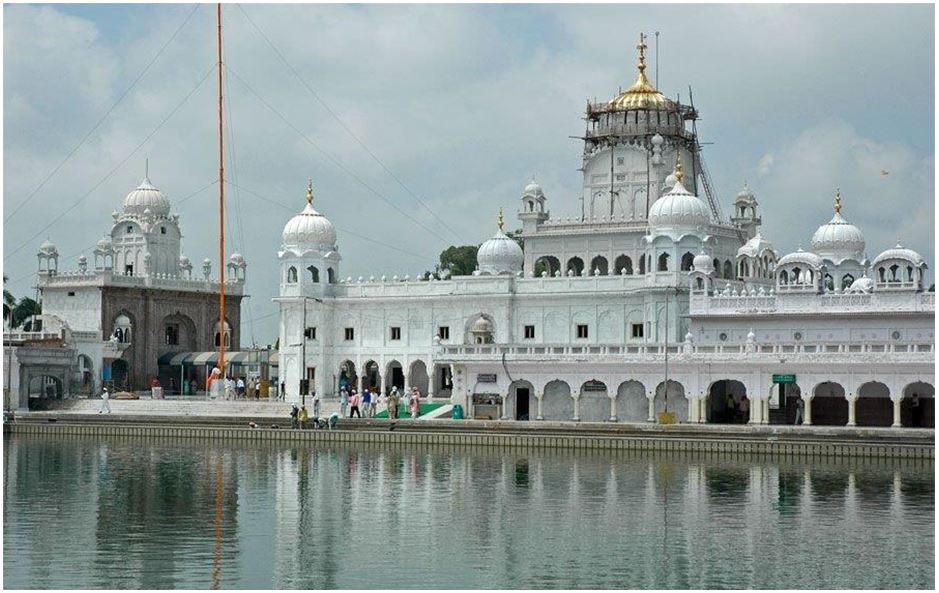 (Gurdwara Dukh Nivaran, Lehal, now part of Patiala)
(Gurdwara Dukh Nivaran, Lehal, now part of Patiala)